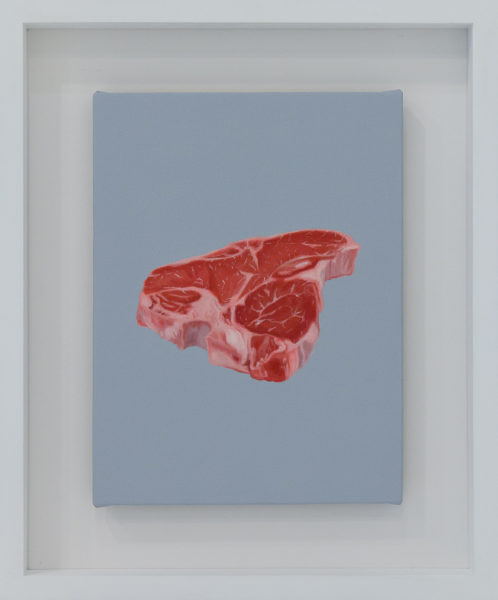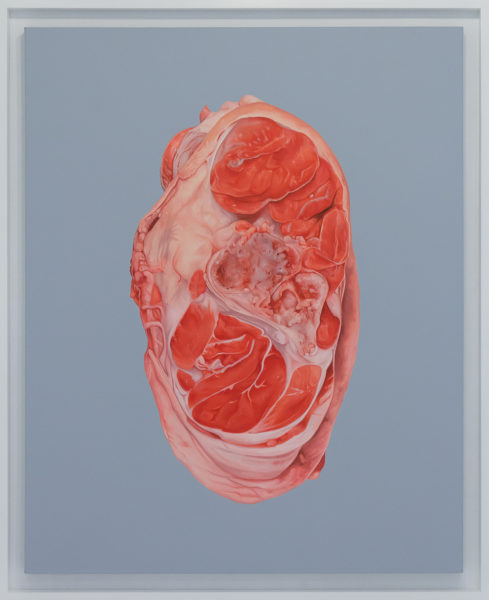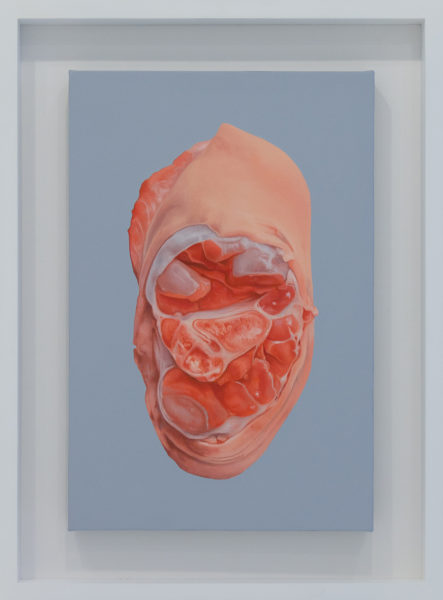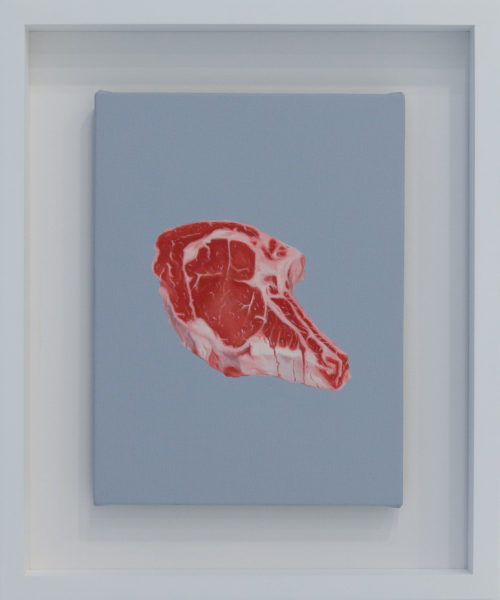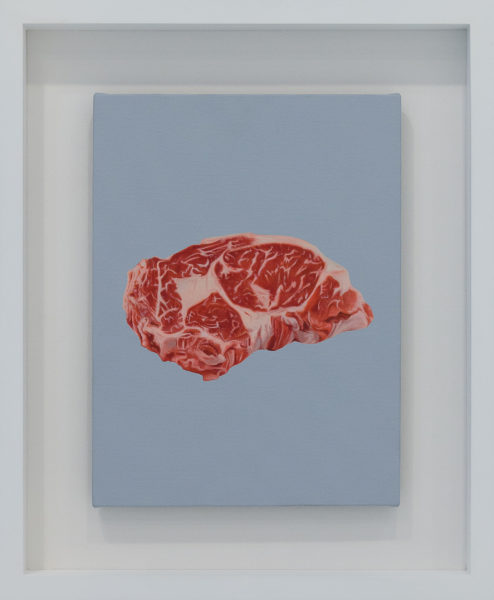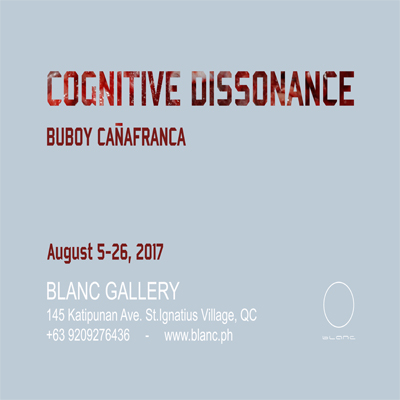
Cognitive Dissonance | Buboy Canafranca
The saying, one man’s meat is another man’s poison, was in essence originally used by Lucretius during the 1st Century BC with the latin phrase, ‘quod ali cibus est aliis fuat acre venenum,’ which roughly translates to: what is food to some may be one man’s bitter poison. It is curious to note how the saying’s direct reference to the word food had consequently evolved into the word meat, to which the English playwright, Thomas Middleton, is mainly responsible for with his 16th century play. Meat has always been polarizing than food. Food, could be referred to as any kind of nourishment, while meat, which will always hail from a signature origin–from one’s flesh, fruit, stem, or shell–will always be different in its own way. Thus, one man’s meat…shall no doubt be accompanied by a specific image, an image which is unique, the same way a certain individual’s preference is his own.
The physical appearance of meat is unquestionably unique in a number of ways. It presents a kind of inherent nuance, especially when shown through the cross-sections of cut portions of cattle and sow, as flesh, fat, and muscle intertwine and create their own distinctive terrain. As the most ‘symbolic’ of ideas related to meat, livestock meat in the form of cut parts and raw steak provide an intriguing paradox in the way we commonly view things. For there might not be anything more abject, savage, and violent in its stoic appearance and yet would still have the power to generate desire. In the marketplace, for example, the more bloodied the cut part is, the more glowingly pink in their newness–which means freshly cut and minutes apart from the violent staging–the more people gather and jostle around it.
If the common marketplace should be no different from any other market (in this case, the art market), then Buboy Canafranca’s Cognitive Dissonance stands as an interesting parody which tackles desire. Meat is at the heart of it and it is exactly what he chooses to paint. Done in realistic fashion, the portions of meat that Canafranca has painted and memorialized stand naked in all their sanguine lustre, like portraits and venerations to a pious existence. This is where, in Canafranca’s opinion, dissonance starts to manifest. Meat, which is almost the epitome of one’s desire to attain nourishment is also proof to an execution that took place. This is where morality, altruism, and the need to survive contend with each other, creating a kind of belief-system that may or may not favor the subject matter in question. In its apparantly mundane or banal theme, the subject which Canafranca chose to portray may pose more contradictions in one’s taste, which brings us back to the saying, one man’s meat…
What is arguably more significant though is the painstaking attention to appearance and form–to an appearance and form of a once-living entity, that is. Tribute, could be a word we choose to use, and the meditation that Buboy Canafranca had gone through in rendering each vein, muscle, and cartilage should come close to a kind of prayer for the dying. In considering all these–from ideas of essence, desire, identity, life, death, and remembrance, Canafranca’s Cognitive Dissonance stands as a significant and poignant expression in the art of paying homage.
/CL/
Works
Documentation





